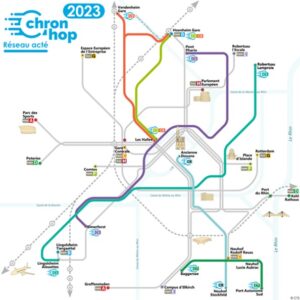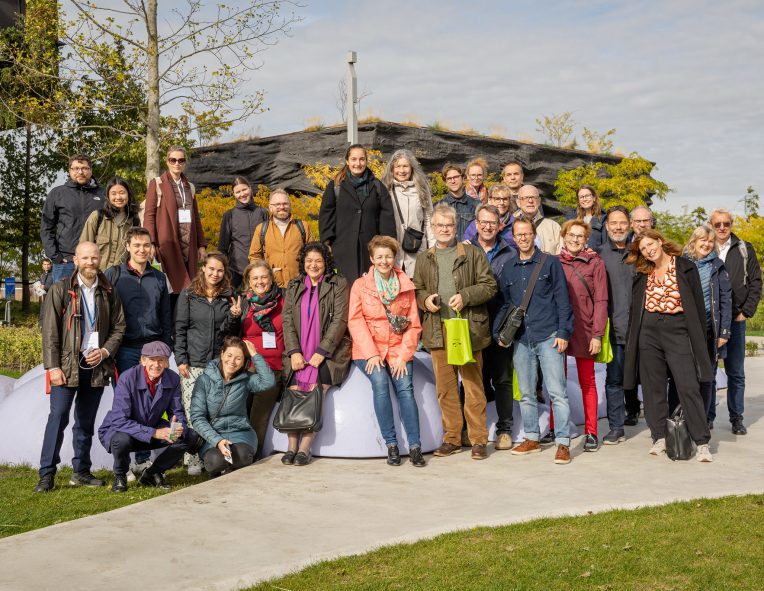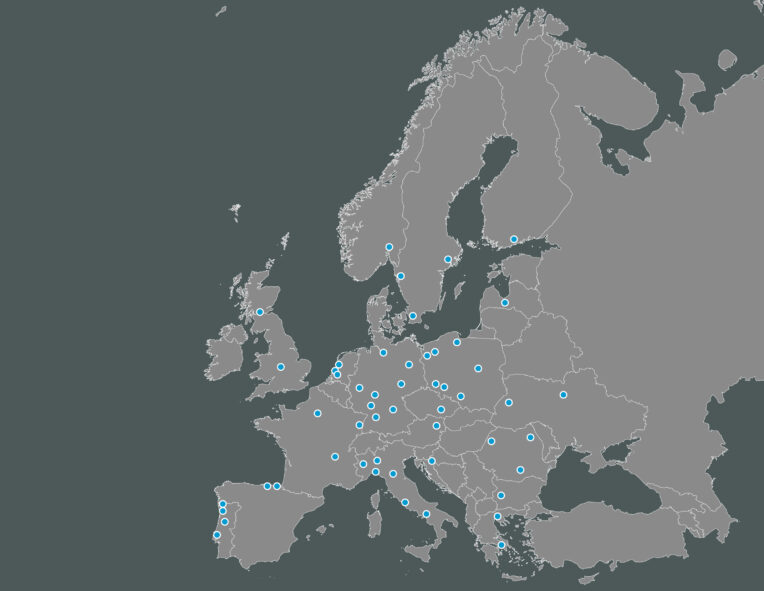Eurométropole de Strasbourg
Pia Imbs, President
The ‘Mobility Revolution’ is a new model to meet the challenge of on-demand mobility for all, which will allow multi scale territorial solutions
The political will is to give everyone the right to a wide spectrum of mobility services.

Budget and Planning measures
From a financial point of view the project counts on the availability of an unprecedented budget of €50m supporting a number of tools, among which is a mobility wallet (an account credit with up to €2,000 valid for three years, integrating other existing grants and giving access to a range of ‘à la carte’ mobility services, in partnership with mobility operators such as public transport, bicycle rental, car-sharing) and car conversion aid. The financial aspects are then combined with the introduction of planning measures to ensure accessibility and on-demand transport services. They include:
1. A mobility package for dense urban areas zones (Strasbourg and its inner ring)
Extensions to the main public transport lines towards the peripheries in all directions.
See Chron hop 2023

Transport network in Strasbourg
2. A mobility package for peri-urban areas and villages (outer ring). These improvements also include the extension of the cycle track network to offer better accessibility and improved possibilities for cycling to work and for leisure, through electric bikes, which offer an efficient support for the modal shift towards carbon-free travel.
3. A mobility package for a wider population zone on a cross-border scale – the third ring. These connections with the ‘third ring’ of neighbouring inter-communities also include cross-border train and bike lane connections between Strasbourg and Kehl in Germany (in this case, financial support comes from both towns).
All in all, €500m for the mobility revolution. Considered a pioneer example for mobility service and infrastructure, Strasbourg will host the Mobility EXPO 1-3 October 2024, a unique opportunity for presenting and sharing the innovations which have made the Eurométropole the most efficient public transport networks in France.
Please visit the page Metropolitan Partnerships in action across Urban and Rural to read about more cases of metropolitan partnerships from across Europe.


